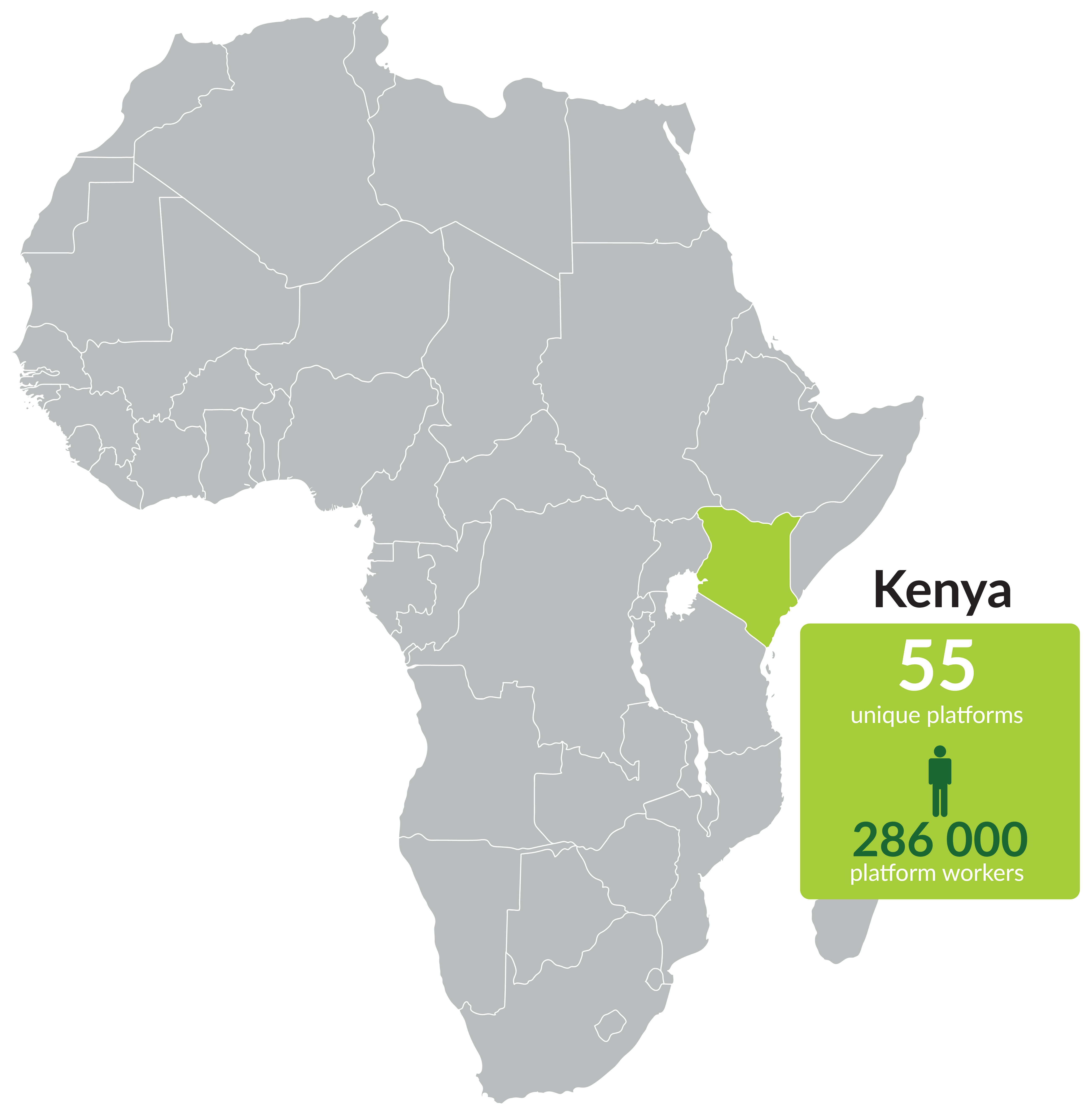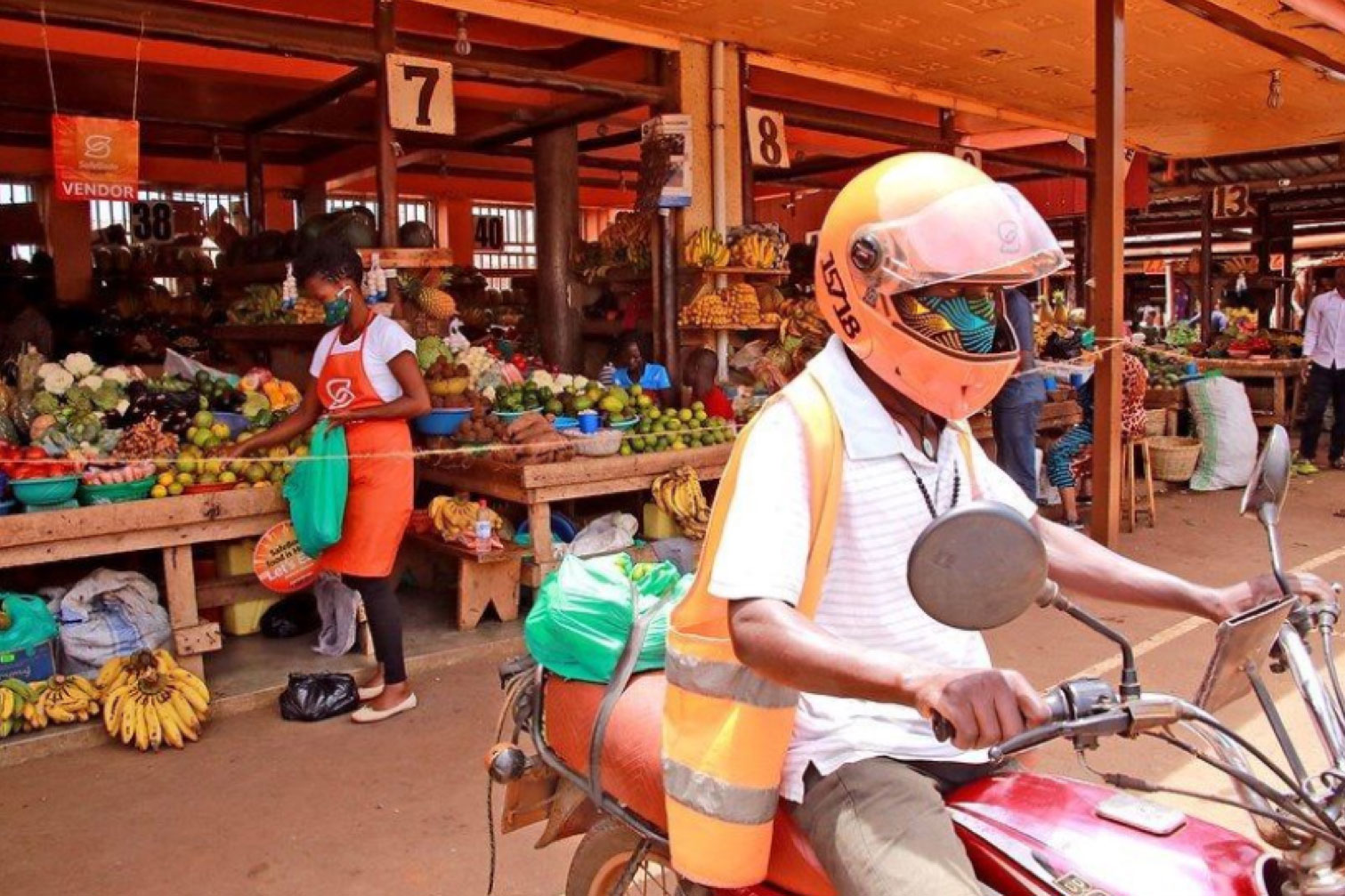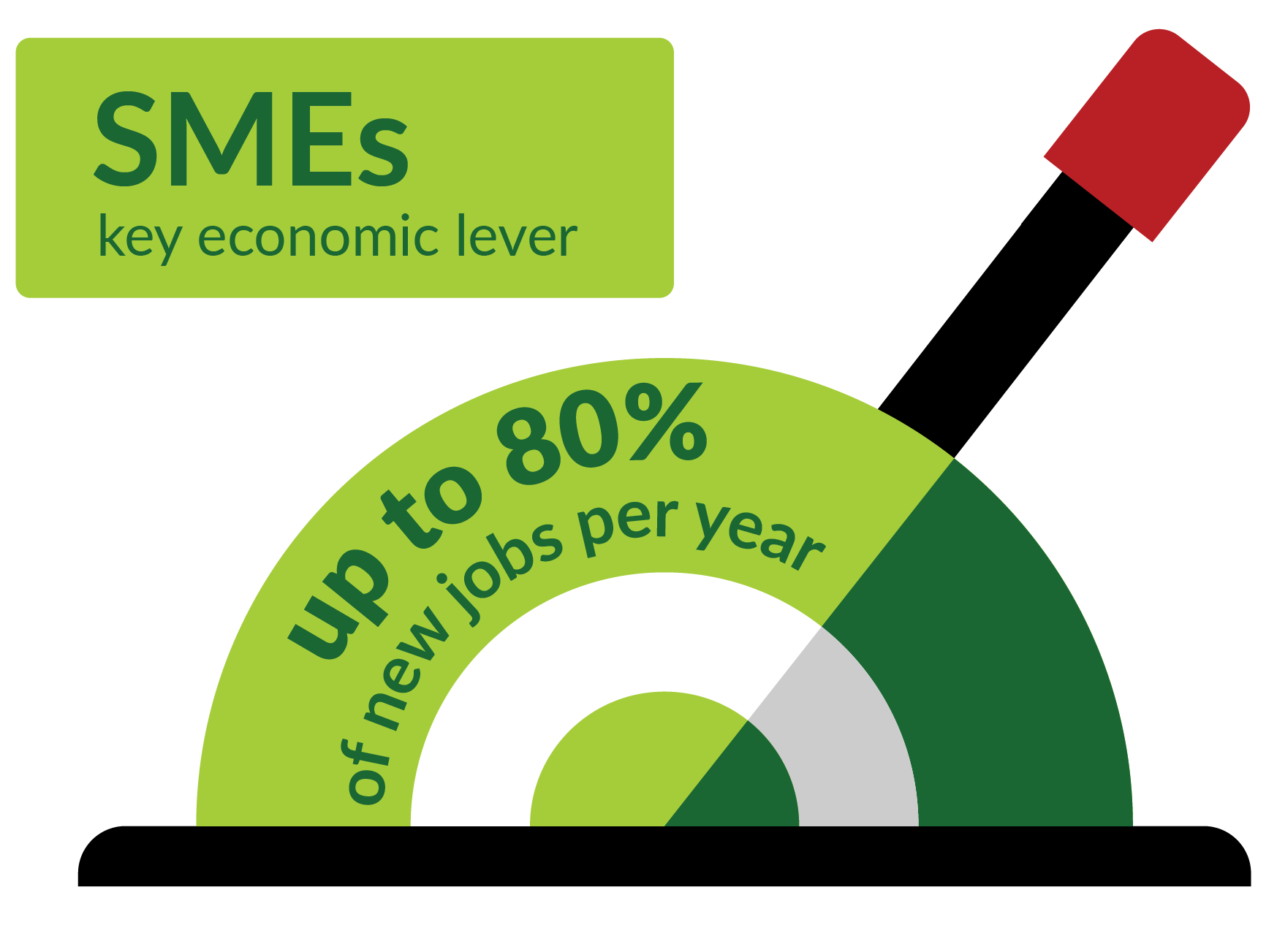KENYA
BREAKING
BARRIERS
JULY 2020
Quarterly Employment Report
July 2020
Kenya responded swiftly to the spread of COVID-19 in March. However, with extended lockdowns and travel bans only recently being lifted by the government, the pandemic will have far-reaching economic consequences. Over 4 million youth were unemployed before the pandemic. With the increased pressure from COVID-19, the numbers will continue to rise.
Breaking Barriers is an initiative out of Harambee Youth Employment Accelerator’s Solutions Exchange Network. This bulletin attempts to outline not just the dire challenges that young people face, but also the key insights, stories of resilience and action steps that could be taken to alleviate the youth unemployment crisis in Kenya.
An increasingly challenging job market for youth.
Kenya’s youth unemployment rate was already at 34% before the COVID-19 crisis. Early estimates suggest that over 1 million may have already lost jobs directly within the first two months of the pandemic and resulting lockdown, with young women being hit hardest hit. Conservative predictions suggest that 1-2 million more will join the ranks of Kenya’s unemployed. Employers are shedding jobs, particularly in the tourism and hospitality sector—where over 94% reported a decline in business.
It is no surprise then, that the barriers facing young work-seekers have increased. They have lost jobs, income and security. Transport costs have surged by over 50% across the country, according to the latest KNBS household survey. Education and training systems have been massively disrupted, especially given the government’s recent decision to delay the re-opening of schools until January 2021—suggesting that the prospects for the “lockdown generation” look precarious.
The cost of being online is not universally accessible. While Kenya’s data costs are relatively cheap compared to other countries in Africa, it is still expensive to remain online to look for work or to continue online learning to improve their employability. Young people struggle to access trusted health information, and sometimes fall prey to fake news and scams. The psycho-social and emotional toll of the pandemic has also not left young people unaffected. In a June 2020 survey conducted with youth in five informal settlements in Nairobi, 81% of respondents feel threatened, concerned, scared or anxious.
The Kenyan government has acknowledged the strain on youth livelihoods and has responded with the creation of the Kazi Mtaani programme and an investment of KES 15 billion in youth employment efforts. However, the public sector alone cannot bear this burden. We need diverse perspectives and actors to join forces to address this complex issue. We need real solutions to the emerging problems that can both address the immediate challenges, but also propose longer term solutions to fix the systemic weaknesses highlighted by the pandemic.
KEY INSIGHTS FOR
THIS QUARTER
INSIGHT 1
The future of work is digital. But we need to accelerate inclusive job creation and build an infrastructure for digital skills.
Kenya has gained traction as the Silicon Savannah, with a rapidly growing ICT sector, high mobile penetration, and cheap data. Kenya is ranked in the top 10 in sub Saharan Africa for the cost of 1GB of data.
Kenya’s thriving digital economy — which employed nearly 700,000 prior to COVID-19 — has in fact been accelerated by COVID-19, with increased demand for digital platforms and services across multiple sectors including transport/logistics, retail, financial services, entertainment and more. Organizations are thinking differently post COVID-19 about how to accommodate new regulations, particularly in retail, education, agriculture, health and logistics—and will need to rapidly reinvent themselves to take full advantage of this shift. Organizations like motorbike-hailing app SafeBoda pivoted to deliver groceries during the peak of Kenya’s lockdown. Even supermarket chains have partnered up with e-commerce platforms to do home deliveries—Tuskys with Sendy, Carrefour with Jumia, and Naivas with Glovo.
Most employers plan to maintain or increase hiring for tech roles, a survey by Moringa found— suggesting that COVID-19 may impact hiring in the tech sector, although it is still hard to ascertain by how much. Digital tools and services can help analogue sectors transform into future-ready industries, but the lack of enabling infrastructure could hinder inclusive job growth.
Kenya’s digital workforce has been largely centralised in urban areas. Innovative experiments are currently taking place to empower rural communities who were previously excluded from the digital economy. In early July, Google’s Loon Project, in partnership with Telkom Kenya, launched a fleet of internet balloons in central and western Kenya with a goal of extending online access to tens of thousands of people in the region. The Ministry of ICT is also focused on extending access — improved digital infrastructure is one of the key pillars of the Kenya Digital Economy Blueprint.
In order to capitalize on these shifts, we need to invest in improved ICT infrastructure, reduced data costs and digital skills training – this could galvanize Kenyans across the country to join the digital revolution currently underway.
Figure 1: The landscape of African digital platforms

Source: i2 (2018) and Research ICT Africa (2017)

A Safeboda driver in Uganda picks up fresh produce from a Safeboda vendor.
Source: UNCDF available at https://medium.com/caribou-digital/could-logistic-companies-be-the-biggest-winners-of-africas-covid-19-e-commerce-race-4591706bb293
INSIGHT 2
Informal work is here to stay. Market access and social protection are key.
The formal sector, while a critical engine for productivity and growth, cannot alone provide all the answers to the growing numbers of the unemployed. The offline and online gig economy employs over
5 million Kenyans and represents the largest portion of new jobs being created in the Kenyan economy. It will be as critical to keep the formal sector afloat as it will be to innovate on ideas to support and sustain the informal sector. Alongside safe return-to-work protocols for the formal sector, we can get informal traders thriving online using digital platforms and innovative asset financing strategies.
The pandemic has demonstrated the precarious nature of gig-work. Some gigs like delivery services saw a surge in demand due to lockdowns, other gigs like furniture construction or installation, repair and maintenance decreased but remained resilient. Work that requires more human interaction, like ride sharing and beauty services, saw dramatic declines. Most of the time, there are limited government safety nets, and start up e-commerce platforms are too bootstrapped to provide financial cover for workers in a downturn.
SMEs are a key economic lever in Kenya—creating up to 80% of new jobs per year. This sector has been particularly affected by the pandemic. SMEs and gig workers can prosper with proper support, such as market linkages and holistic training that provides them with critical skills in financial literacy, self-management, communication and confidence.
Paying gig workers for stay-at-home-training, connecting out-of-work platform workers to new opportunities, and matching labour demand and supply across platforms could help address some of the precariousness of gig work. Particularly, investors in e-commerce platforms could play a critical role by providing operating and emergency relief support to help platforms and their workers.
Figure 2: The economic role of SMEs in Kenya

Source: 2018 Kenyan SME Finance Survey. Available at: http://viffaconsult.co.ke/wp-content/uploads/2018/07/2018-SME-Finance-Survey-Report.pdf
INSIGHT 3
Listen to youth. Put them at the centre.
The pandemic has had massive consequences for young people’s ability to earn. Shujaaz’s weekly COVID-19 Barometer suggested that three-quarters of youth go to bed hungry on at least one night that week, and under half are without food for more than 3 days. Youth in informal settlements report feeling depressed or hopeless about the future. Even Kenyan entry-level professionals, surveyed by Shortlist, felt that their personal financial situation would be affected by COVID-19 long term.
Organisations like Yusudi, Triangle Solutions and African Digital Media Initiative have forums to provide youth with an outlet to discuss their challenges, vent their frustrations and provide one another with the essential emotional support they need to weather this storm. Shujaaz continues to engage with its youth network to share useful tips on managing the pandemic through its #LindaFam comics and engagement on Facebook. These platforms and dialogues are critical but insufficient to the broader system.
We have to continue to lift up youth voices to ensure resilience and recovery, and to provide young people with the opportunities to build their skills and stay positive. Listening to young people and elevating their voices will be critical to ensure that they have a seat at the table, when the country re-opens.
Figure 3: Do young people feel their voices are heard and included in the Kenya’s COVID-19 strategy?

Source: Shujaaz’s COVID-19 Barometer 2019 (link: www.ShujaazInc.com)
What you can do to support the unemployment crisis during this pandemic?
Individuals
- Support youth-led and informal businesses, particularly SMEs
- Actively refer preferred SMEs or youth-led businesses to your networks
- Continue to support e-commerce platforms
Employers
- Ensure your business, customers, and employees can safely return to work
- Involve local supply chains for distribution
- Partner with logistics and e-commerce platforms
Government
- Include the voice of youth and informal sector at the table
- Provide extended access to credit and debt relief for SME borrowers
- Subsidize public and goods transport -for individuals and SMEs
